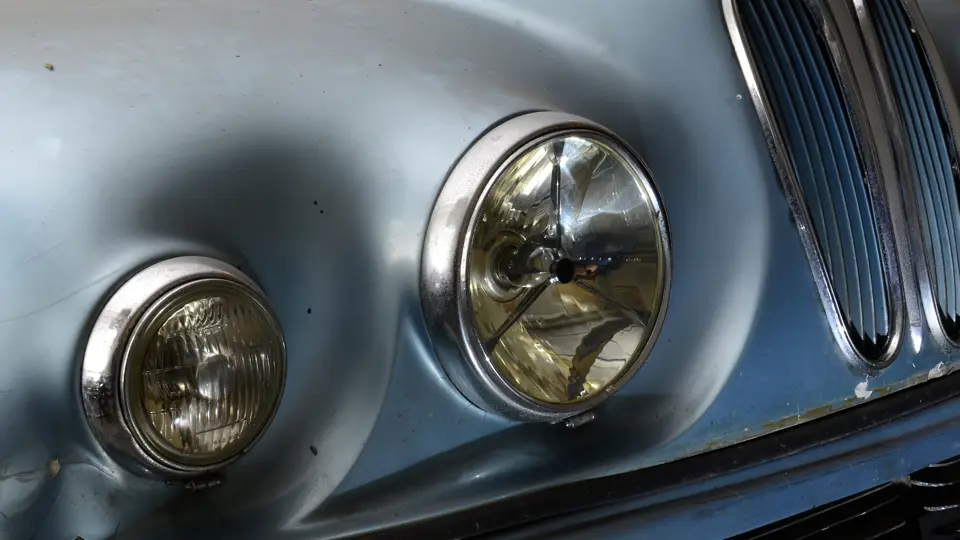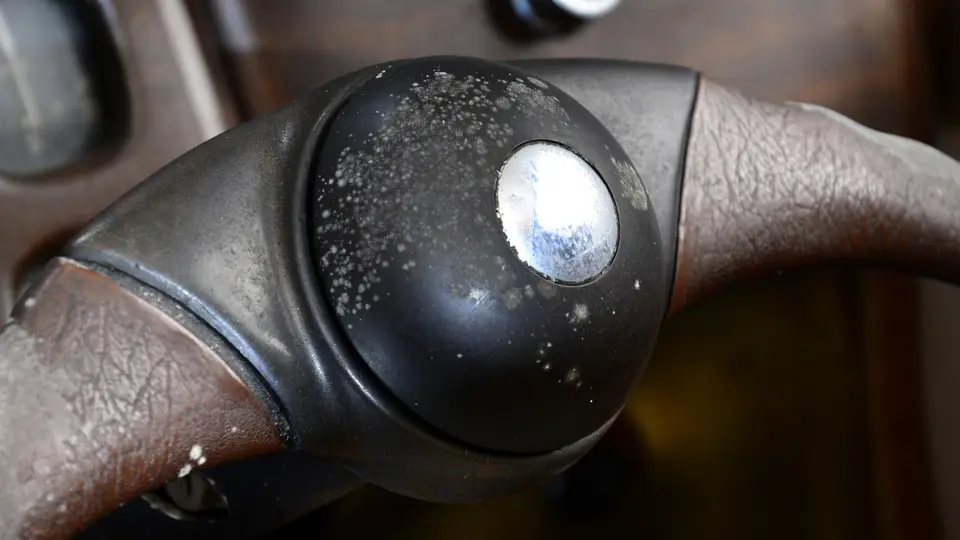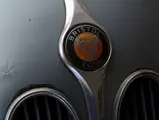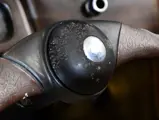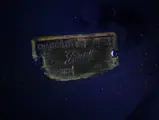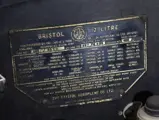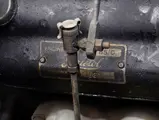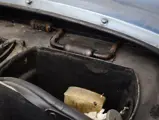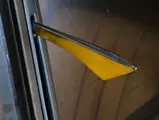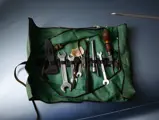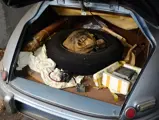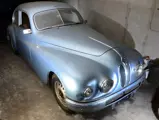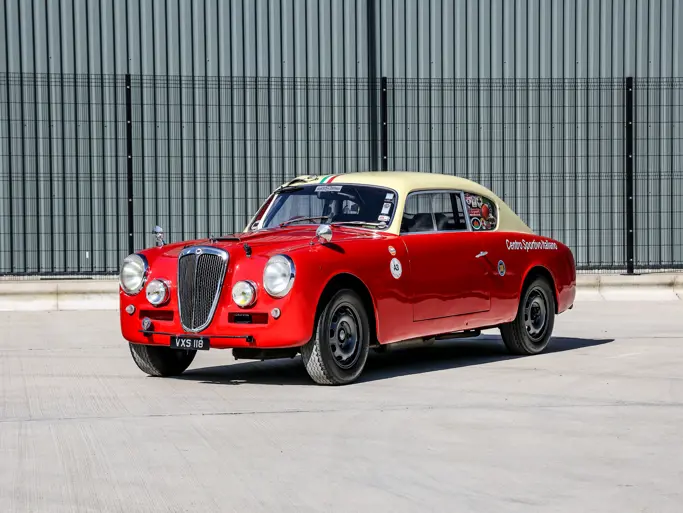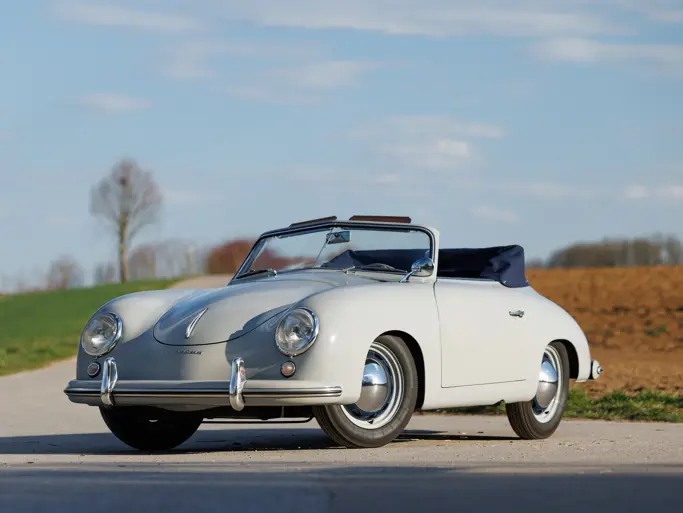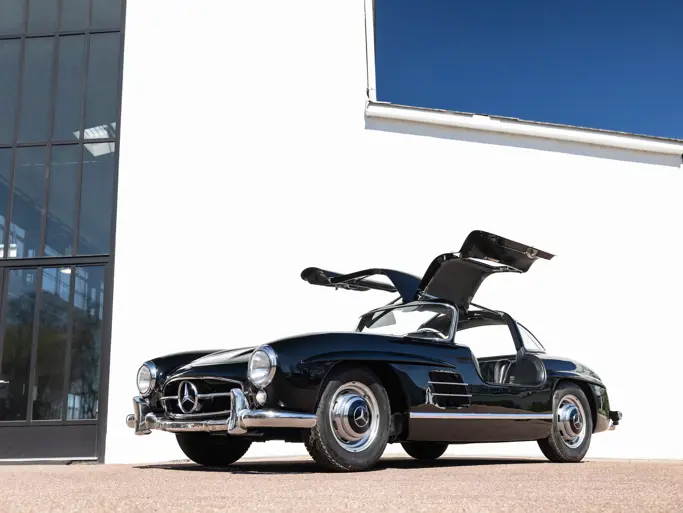85 bhp, 1,971 cc Bristol Type 85C OHC inline six-cylinder engine with aluminium cylinder heads and hemispherical cylinder heads, triple Solex downdraught carburettors, four-speed manual gearbox, independent front suspension with transverse leaf spring and upper wishbones, live rear axle with lateral links, A-bracket and longitudinal torsion bars, and Lockheed hydraulic four-wheel drum brakes. Wheelbase: 2,896 mm (114")
• Rarely seen at auction; powered by the famous OHC Bristol six
• A Geneva, Switzerland-based car its entire life; 55 years in same family
• Tool kit, numbered workshop manual and spares
Bristol Cars, a division of Bristol Aeroplane Company, began automobile production in 1946 with the Bristol 400. As bespoke hand-crafted automobiles, they continue to be revered for high-quality engineering and painstaking detail, a legacy of excellence that continues with the recent 200 mph, V-10 Bristol Fighter. When new, three Jaguar XK120s could be purchased for the cost of one Bristol 401, which was summarised by The Motor as “…a medium-sized car offering very high standards of comfort and performance”.
Having spent its entire existence in the Geneva, Switzerland area, this Bristol 401, with production number 231 and chassis number 401/ 823, was supplied new to Mr Henry Favre and first registered to him on 31 January 1951, as GE 17542. It was sold in 1955 to Clifton J. Stanford, a resident of Geneva, and registered to him on 20 July 1955, as GE 23923. Mr Stanford retained it, and following his death, it was inherited by his niece, from whom the current owner acquired it.
The Bristol has remained in storage for many years, and although it will need to be properly recommissioned, it is expected to be in running order at the time of its sale at auction. Handsomely presented in RAF blue paintwork, complemented by the original beige leather trim and tobacco carpeting, it presently shows 19,939 km (presumably 119,939 km) and comes with a cache of original spares that Mr Stanford had accumulated, plus its tool kit and numbered, hard-bound workshop manual. It has a cancelled Swiss ‘Carte Grise’ and has been granted historic status by UK Customs, guaranteeing only 5% import tax should the new owner wish to import it to the EU via Great Britain.

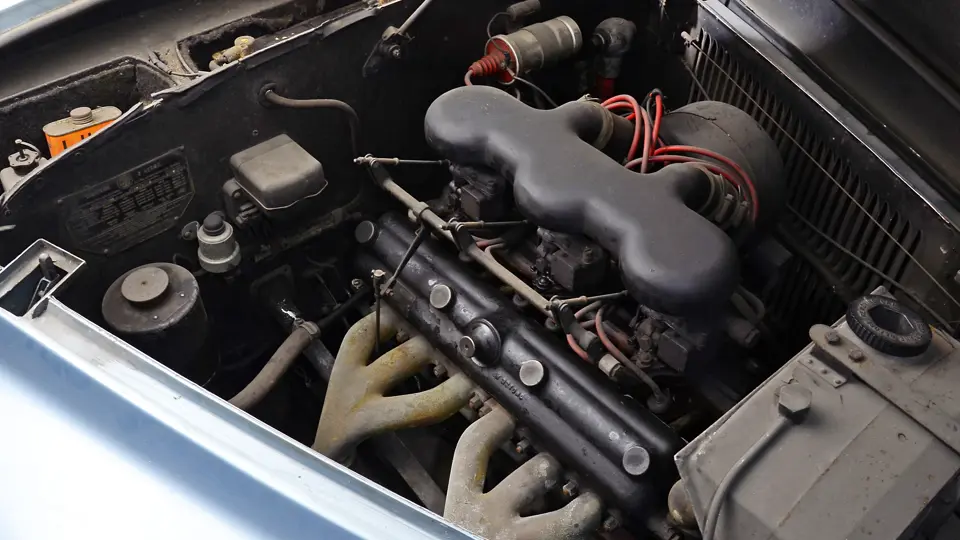




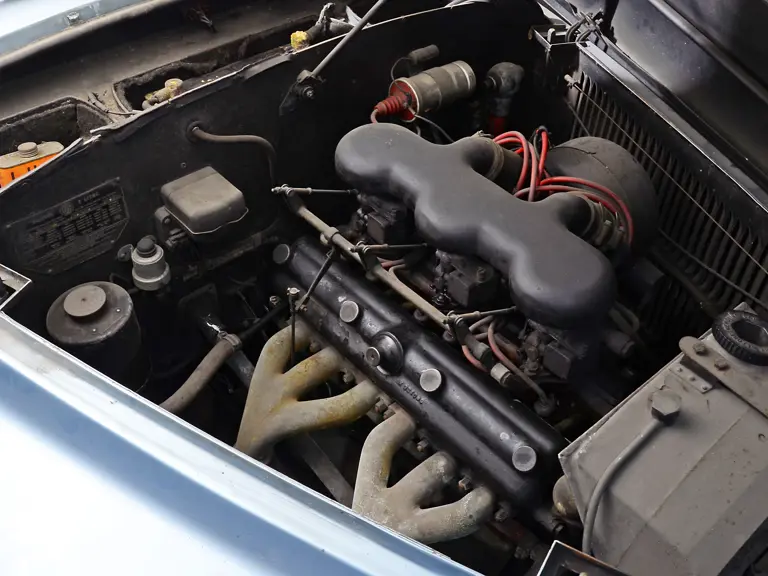
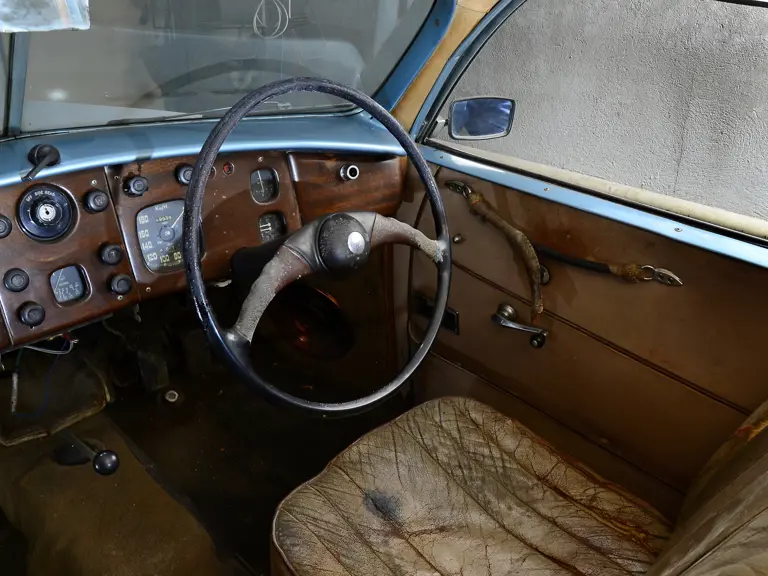
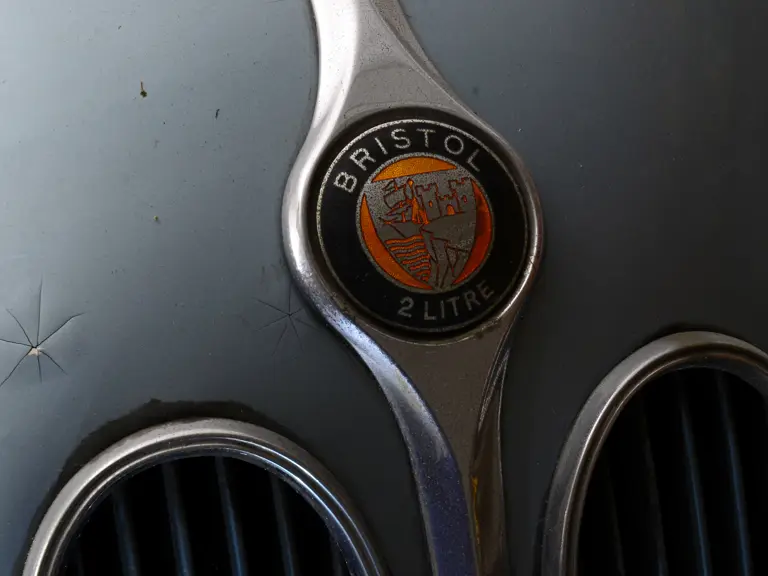
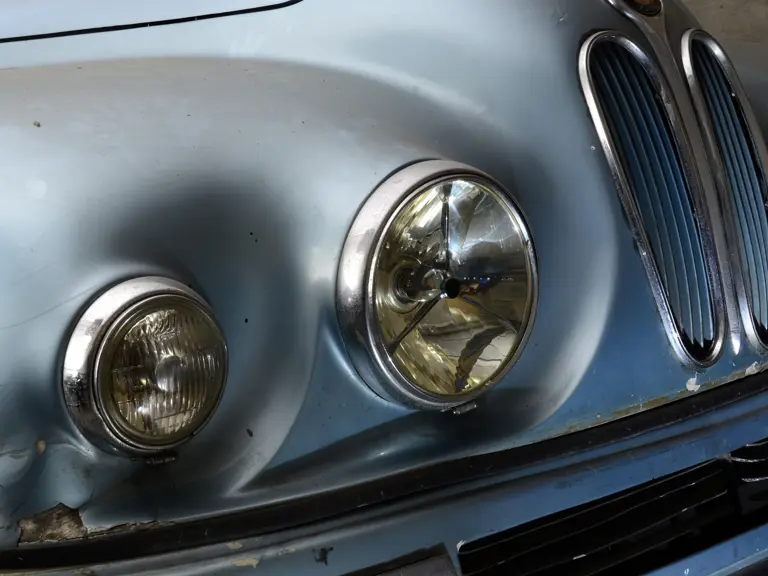
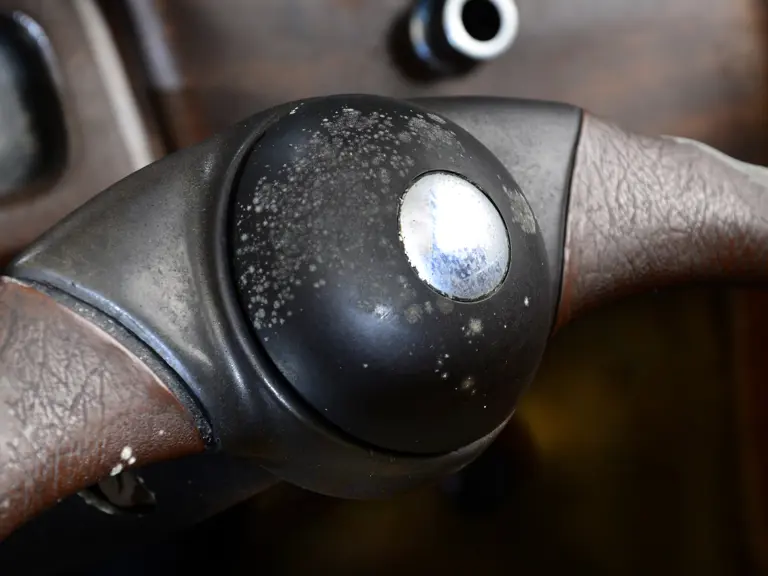
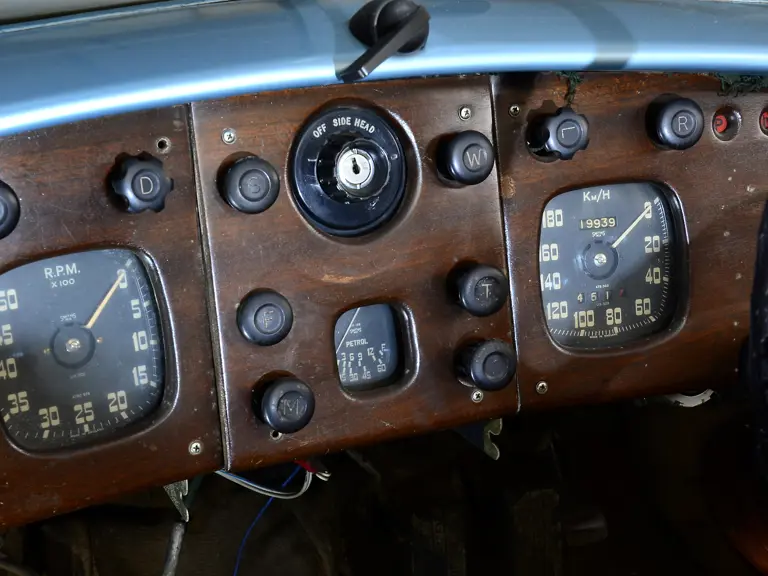
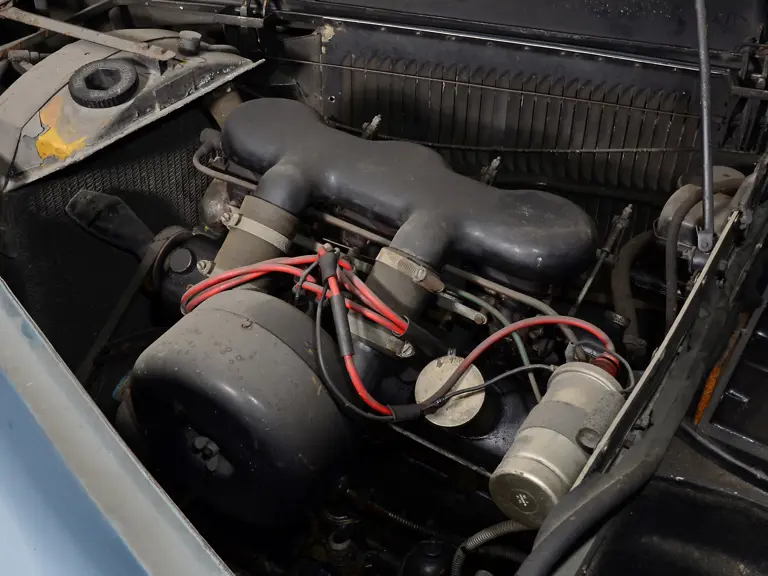
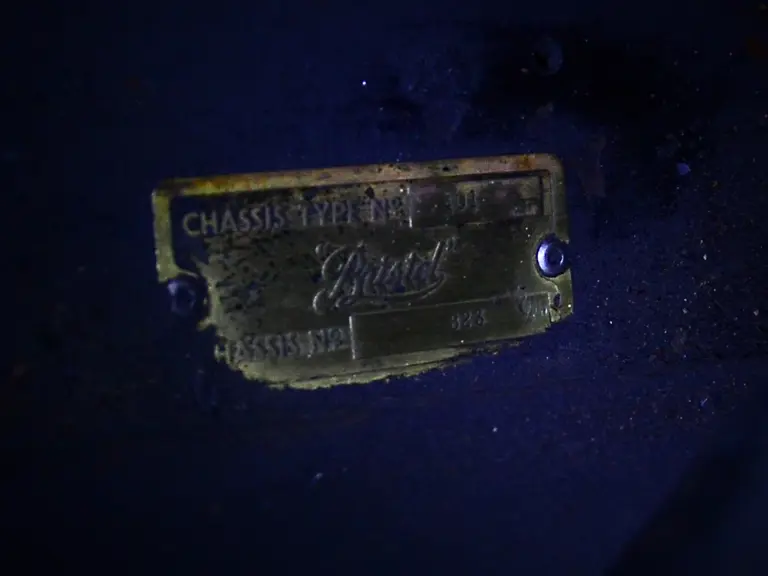
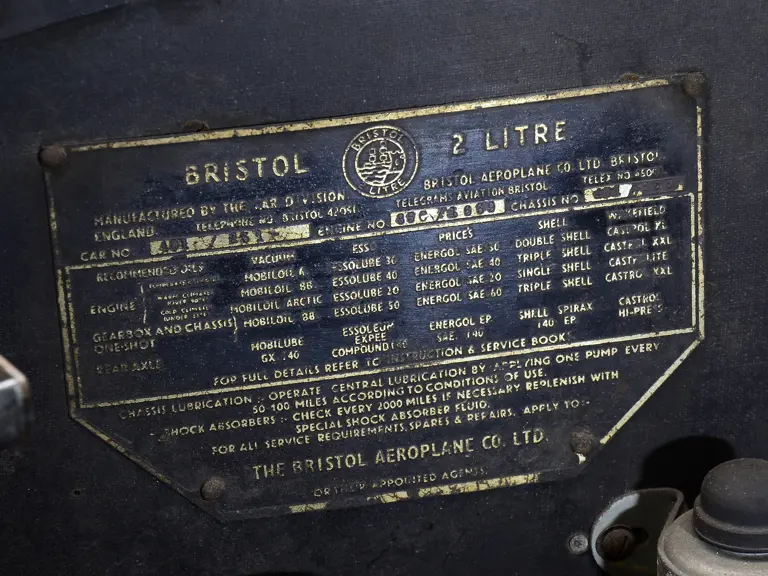


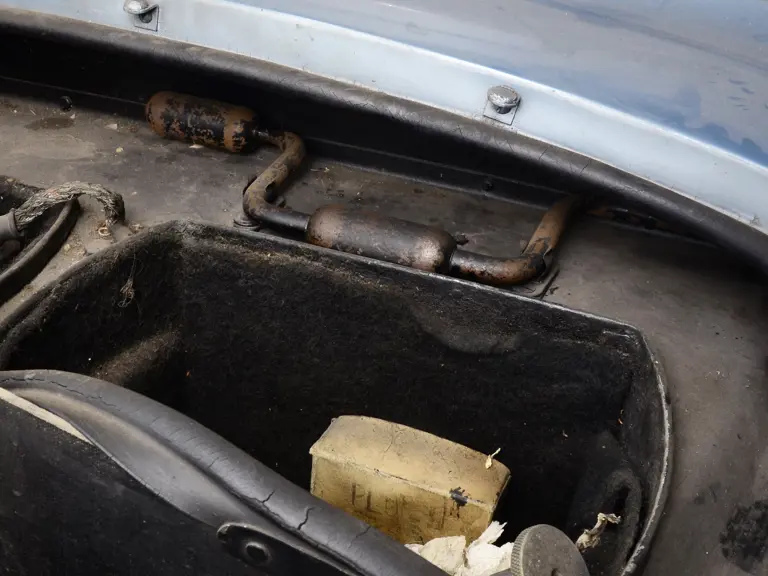
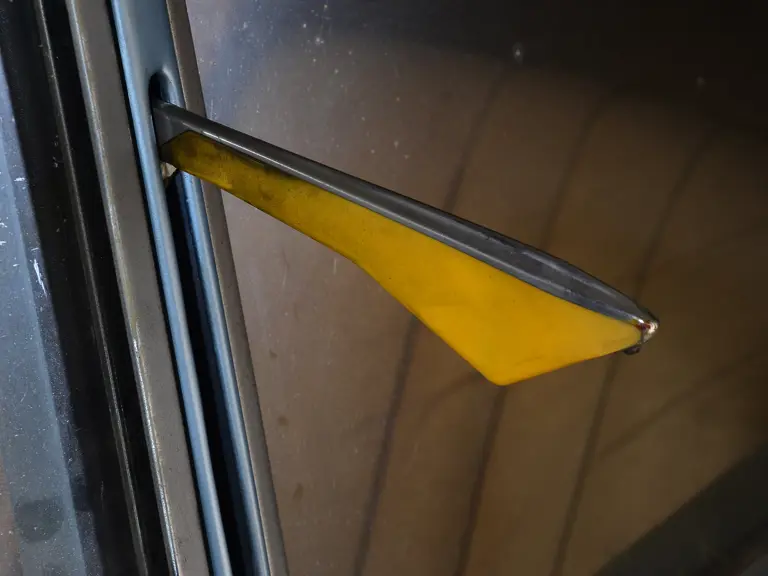
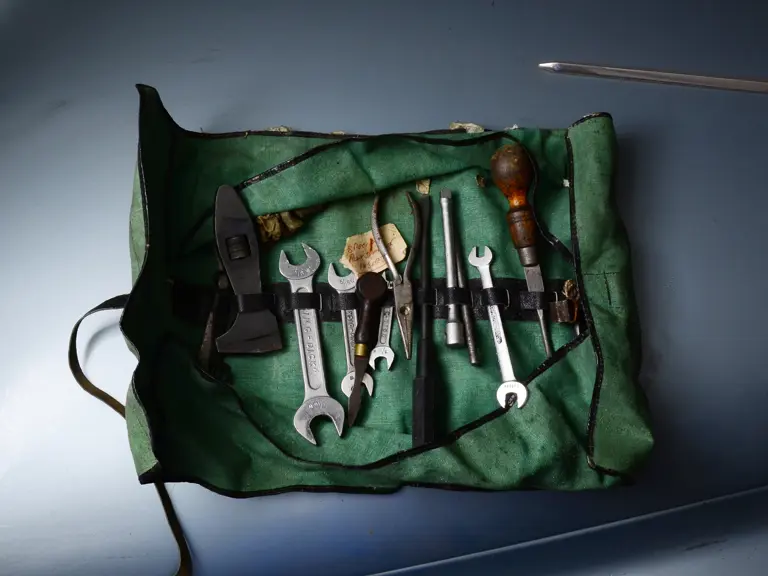

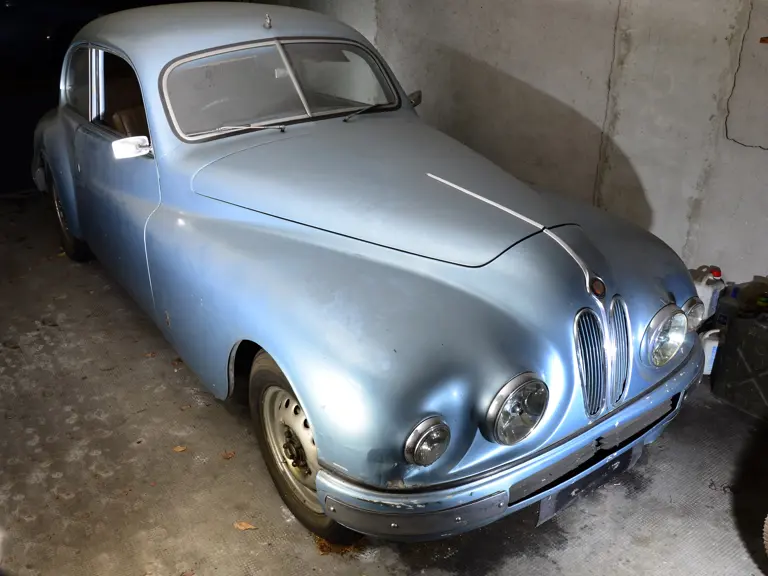
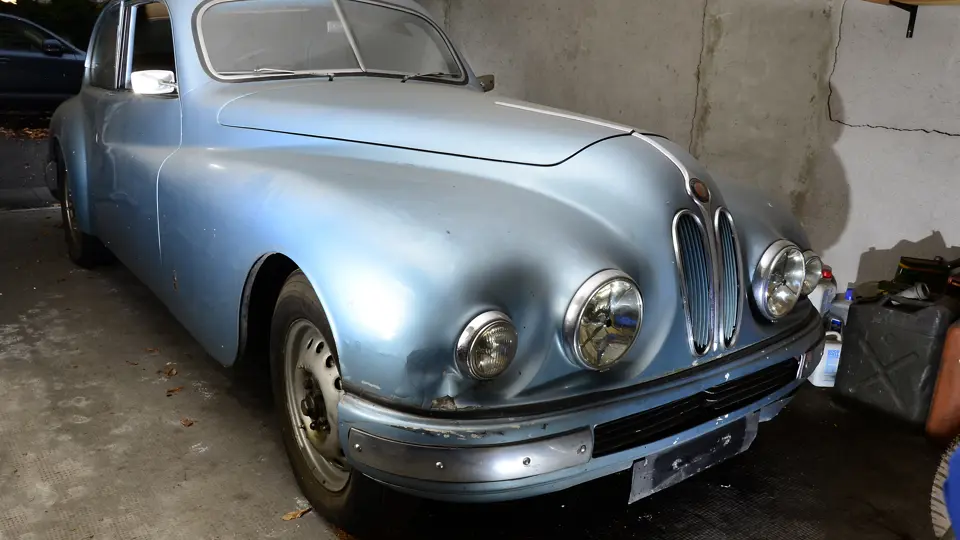
 | Monaco, Monaco
| Monaco, Monaco

